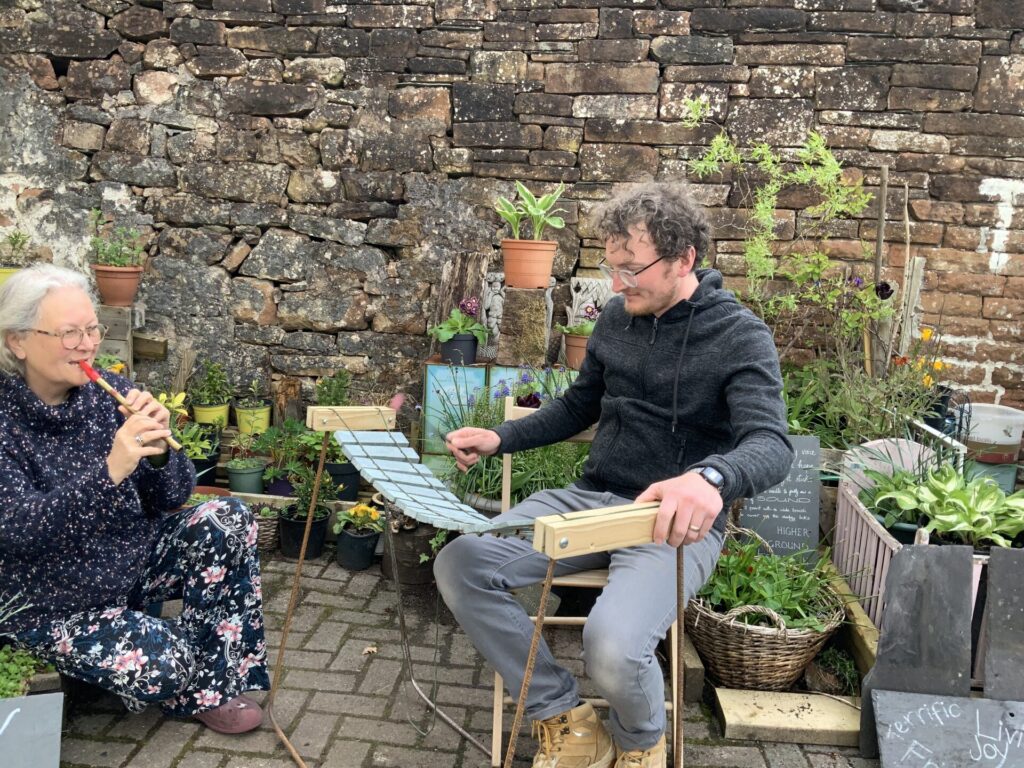What’s special
Black grouse
Black grouse
The black grouse is one of the most captivating birds of the North Pennines.
A larger and rarer cousin of the red grouse, the male black grouse, or blackcock, has glossy black plumage and bright red wattles above the eyes. Female black grouse, or greyhens, have more demure, mottled brown plumage which provides excellent camouflage in their moorland edge habitat. In the spring, males gather at traditional display or “lek” sites. Fanning out and raising their long, lyre-shaped tails to expose bright white feathers beneath, they make curious bubbling and rasping sounds as they rush and strut at one another in ritualised display.
Seasonal diet
Black grouse in the North Pennines are dependent on a range of different habitat types at different times of year but are particularly associated with habitats at the moorland edge. In the winter, black grouse feed on the shoots of heather and bilberry on the moorland but when snow covers the ground they rely heavily on the berries and buds of trees such as rowan, hawthorn and birch. In the early spring they are attracted to the buds of cotton grass in wet, peaty areas and in the summer move to species-rich pastures and meadows where they feed on the flowers, shoots and seeds of herbs, rushes and grasses. Taller vegetation rich in insects and other invertebrates is ideal habitat for breeding, providing both cover and food for chicks.
Important numbers
This catholic diet and tendency to move between habitat types renders the black grouse particularly sensitive to changes in land management. As a result, their population acts as a valuable barometer of the health of North Pennines habitats. Following decades of decline and thanks to considerable local conservation effort, black grouse numbers are currently gradually increasing in the North Pennines, the species numbering approximately 850 males.











